7 Tips to Know Before Buying a Large Green House: Ensuring a Successful Growing Oasis
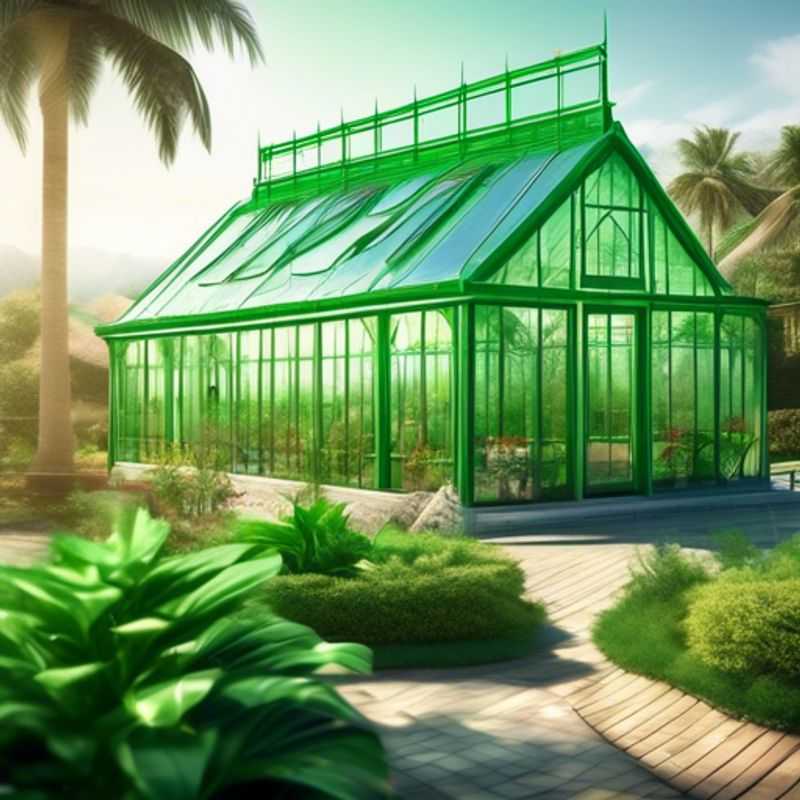
7 Essential Tips for Buying a Large Greenhouse: Space, Climate, Durability, Ventilation, Maintenance, Permits, and Budget
Ah, the allure of a large greenhouse! A haven for green thumbs, a haven for the curious mind, a haven for the engineer who wants to nurture life within a controlled environment. But before you embark on this botanical adventure, there are a few crucial things to ponder, a few technical aspects to consider. Let's delve into the world of greenhouse engineering, shall we?
Firstly, measure, measure, measure! You wouldn't build a bridge without knowing its dimensions, and the same applies to your greenhouse.
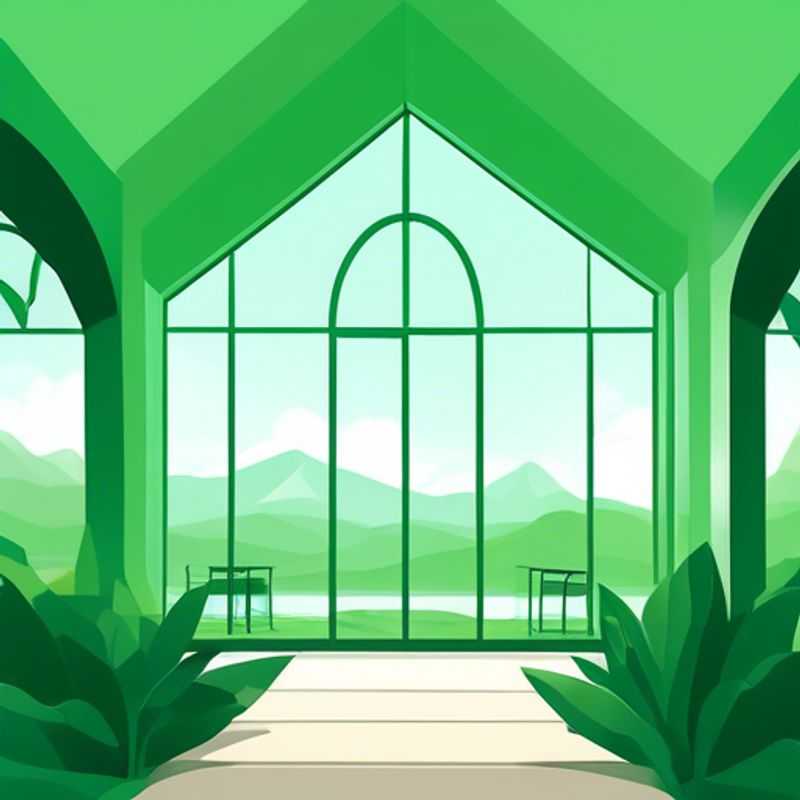
Greenhouse Sizing 101: Measuring for a Perfect Fit in Your Yard
Before you begin, consider what size greenhouse you need and what you plan to grow. Then, you’ll need to carefully measure your yard or garden to determine if the greenhouse you want will actually fit.
Ensure you have enough space around the greenhouse for ventilation and access. Don’t forget to consider the direction of sunlight and any potential wind exposure as you measure.
Use a measuring tape and a notepad to take careful measurements of the area where you want to place your greenhouse. Make sure to consider any existing structures like fences, walls, or trees that might limit your space. You can also use a sketching app or graph paper to help you visualize the location of your greenhouse.
Measure the length and width of your potential greenhouse site, and consider the height if you’re placing it against a wall or under an overhang. Ensure you leave some space around the greenhouse for a path for access and to move items around.
Consider any drainage issues that might occur, as you don't want your greenhouse to be in a low-lying area that could lead to water damage.
Once you have gathered all your measurements, you can use them to determine if the greenhouse will fit in your yard or garden and to decide whether the model you have chosen is the right size for your needs.
Measuring carefully can help you avoid purchasing a greenhouse that won't fit your space or that won't be able to accommodate your gardening plans. You will be glad you took the time to get accurate measurements for your greenhouse before purchasing it.
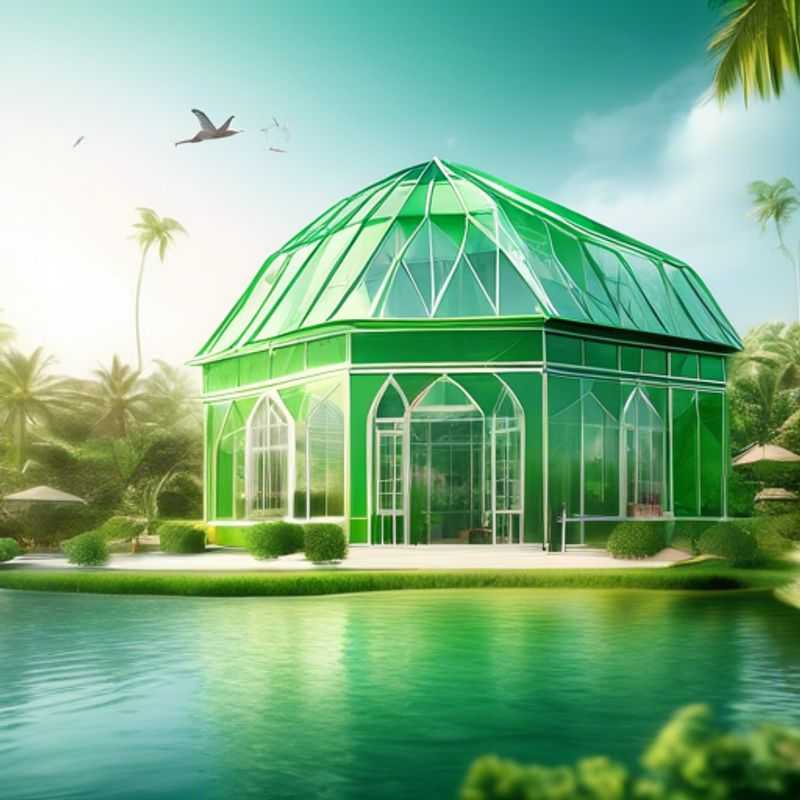
Climate and Weather: Choosing the Right Greenhouse for Your Location
Building a greenhouse requires careful consideration of the climate and weather conditions in your area. This is crucial for optimizing growth and maximizing yield. Here’s how to factor these conditions into your greenhouse design:
Sunlight Exposure: The amount of sunlight your greenhouse receives directly impacts plant growth. You'll need to consider the hours of sunlight your location receives daily and throughout the year. You may need to invest in additional lighting systems or adjust your greenhouse orientation to ensure adequate sunlight.
Temperature: Temperature is another vital factor. Select materials that can regulate temperature effectively, like double-walled polycarbonate panels or a combination of materials like glass and wood. Consider the need for heating or cooling systems based on your climate.
Wind: Wind can significantly impact your greenhouse, potentially causing damage to the structure or affecting plant growth. Ensure your greenhouse is strong enough to withstand wind gusts, and if needed, install windbreaks or anchors for additional stability.
Precipitation: Consider how rainfall and snow will impact your greenhouse. Choose materials that can withstand heavy precipitation, and ensure your greenhouse design includes adequate drainage to prevent waterlogging.
Humidity: Humidity levels inside a greenhouse can vary depending on the climate and materials used. Choose materials that promote good airflow and ventilation to manage humidity and prevent issues like fungal diseases.
Understanding the climate and weather conditions in your area allows you to choose the best greenhouse type, materials, and features to create a thriving growing environment. This thoughtful approach leads to optimal plant growth, maximizing yields and minimizing losses.
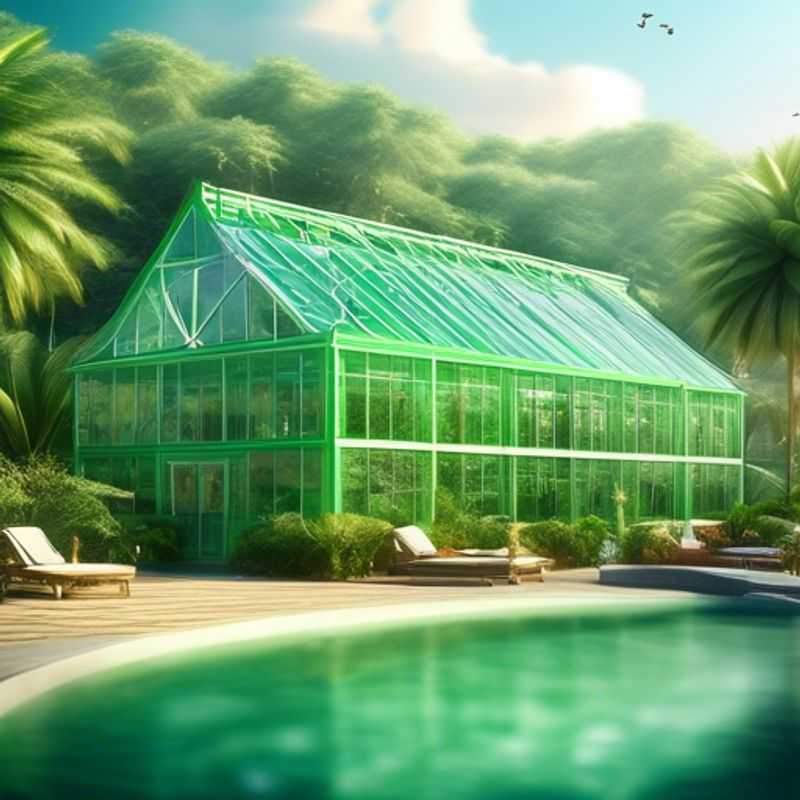
Building a Greenhouse That Can Weather Any Storm: Choosing the Right Frame and Glazing
When selecting a greenhouse, prioritizing sturdy and weather-resistant frames is paramount. Frames made from aluminum, steel, or PVC are known for their durability and ability to withstand harsh weather conditions. The glazing material, which allows light to penetrate the greenhouse, should also be high-quality. Glass and polycarbonate are popular choices for their strength and light transmission. Glass offers excellent light diffusion but can be more prone to breakage. Polycarbonate, while less transparent, is more impact-resistant.
Consider the climate in your region when making this selection. If you reside in an area prone to strong winds or heavy snowfall, opt for a greenhouse with a robust frame and reinforced glazing. In regions with high humidity, ventilation is crucial to prevent mold growth. Look for greenhouses with adjustable vents and adequate airflow.
Remember, these recommendations are just a starting point. Researching various greenhouse manufacturers and reading reviews from other users is essential. It's also worth exploring different glazing options and their pros and cons. Take your time, weigh your needs and budget, and choose a greenhouse that fits your specific requirements.
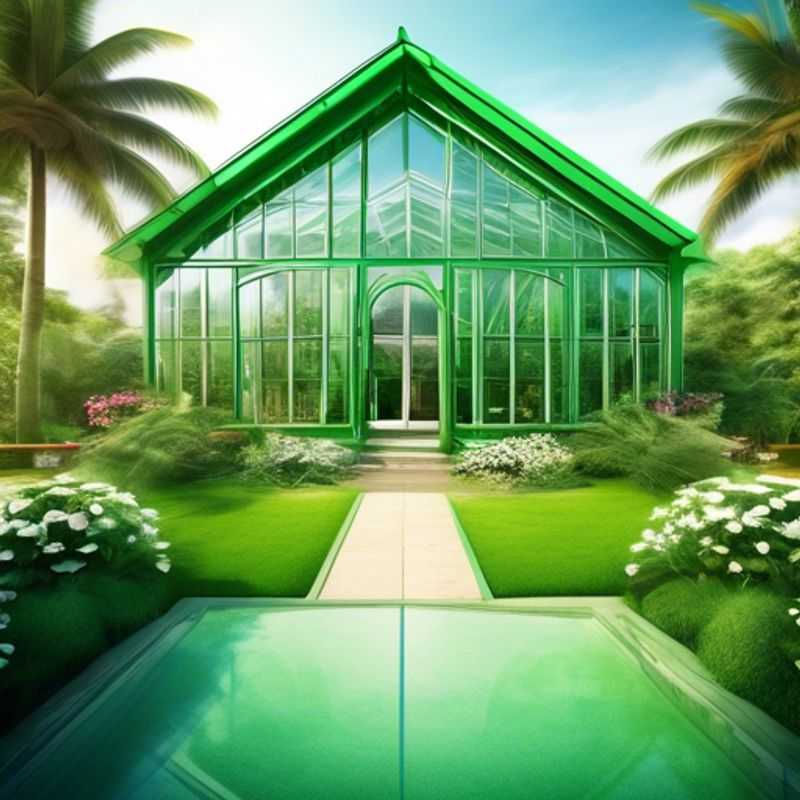
Cultivating Success: Ensuring Adequate Ventilation and Climate Control in Your Greenhouse
Adequate ventilation and climate control are crucial for optimal plant growth in a greenhouse. Proper ventilation removes excess heat, humidity, and carbon dioxide, while climate control systems maintain ideal temperatures, humidity levels, and light conditions.
Ventilation systems are essential for maintaining healthy air circulation. Passive ventilation, such as vents and doors, can be used to circulate air naturally. Active ventilation systems, like fans, are required for more precise control. These systems can be automated to respond to changing temperature and humidity levels.
Climate control systems regulate the temperature, humidity, and light levels within the greenhouse. Heating systems, such as boilers or heat pumps, provide warmth during colder periods. Cooling systems, such as fans and evaporative coolers, reduce temperatures in warm weather. Humidity control can be achieved with dehumidifiers or humidifiers, and supplemental lighting systems can provide additional light during short days or for specific plant needs.
Investing in ventilation and climate control systems is a significant cost, but it's essential for maximizing plant growth and productivity. Consider the size of your greenhouse, the type of plants you're growing, and your climate when selecting suitable systems. Consulting with a greenhouse expert can help you design and install the most effective ventilation and climate control systems for your specific needs.
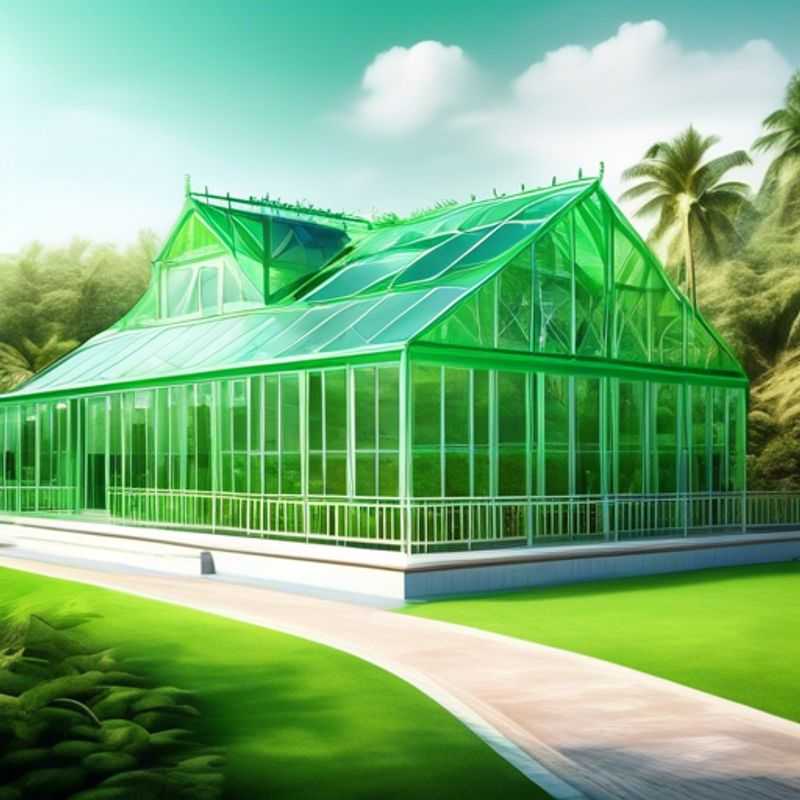
Keeping it Clean: Researching Maintenance and Planning for Upkeep
Regular maintenance and cleaning are essential for keeping your assets in top shape. This involves researching the specific needs of your equipment, tools, and infrastructure. You'll need to identify the frequency of cleaning, the types of cleaning agents required, and any specialized tools needed. Understanding the maintenance schedule is crucial for preventing costly repairs down the line. Don't forget to consider any potential safety hazards associated with the cleaning process, and ensure you have the right safety equipment and training.
Planning for regular upkeep involves budgeting for both time and resources. Factor in the cost of cleaning supplies, specialized tools, and any professional cleaning services that might be required. You'll also need to consider the time needed to perform cleaning tasks, and ensure you have the personnel or resources available for this purpose. A well-planned maintenance program will save you time and money in the long run, minimizing unexpected repairs and downtime.

Navigating the Permit Maze: When Do You Need Local Approval for Installation?
Installing something new? It's a good idea to check with your local authorities first! They can tell you if you need permits or permissions before starting your project.
These permits usually involve things like: construction, electrical work, plumbing, or even landscaping. You might need a building permit to add a room to your house, an electrical permit to wire a new appliance, or a plumbing permit to install a new bathroom.
Why are these permits important? They help ensure your project is safe and meets local building codes. Plus, they may help you avoid fines or penalties in the future.
Getting permits can be a bit of a process, involving things like plans, inspections, and fees. It's often worth it to hire a professional to help you with this. They'll understand the rules and regulations specific to your location, and they can help you navigate the process more easily.
Don't skip this step! Even if you think your project is small, it's best to check with your local authorities. It could save you time, money, and a whole lot of headaches in the long run.
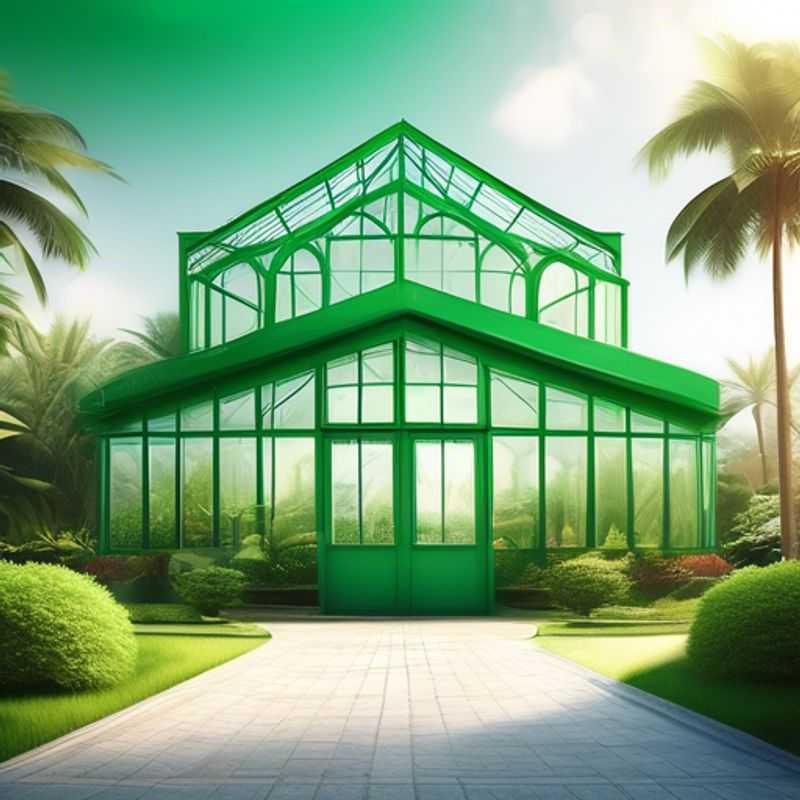
Don't Underestimate Assembly: Budgeting Time and Costs for a Smooth Installation
When planning for any assembly and installation process, it is crucial to allocate sufficient time and budget to ensure a smooth experience. First and foremost, consider that the complexity of the project directly impacts the time required. Simple installations may take a few hours, while more intricate setups could last several days. Therefore, always assess the scope of work before creating a timeline.
In terms of budget, include costs for materials, labor, and any additional services that may be necessary. For instance, hiring professionals for installation can significantly increase costs, but their expertise may save time and reduce mistakes. Consultation fees for design or engineering advice should also be factored in if applicable. Moreover, don’t overlook expenses related to permits or inspections that might be required by local regulations.
Additionally, account for potential delays that could arise from unforeseen circumstances such as weather conditions or supply chain issues. It's wise to include a contingency fund of around 10-20% of the total budget to cover these unexpected costs. By planning carefully and allocating the necessary time and financial resources, you can ensure that your assembly and installation process proceeds as smoothly as possible.
